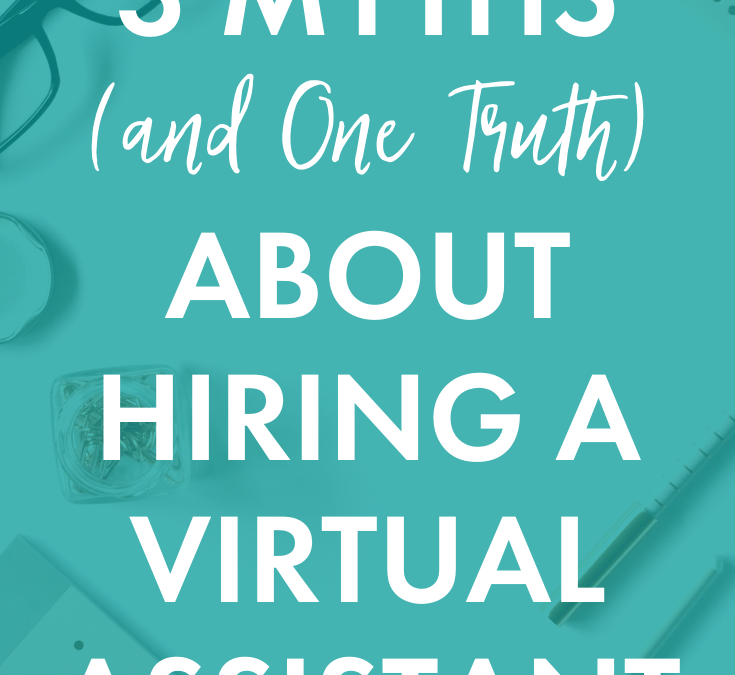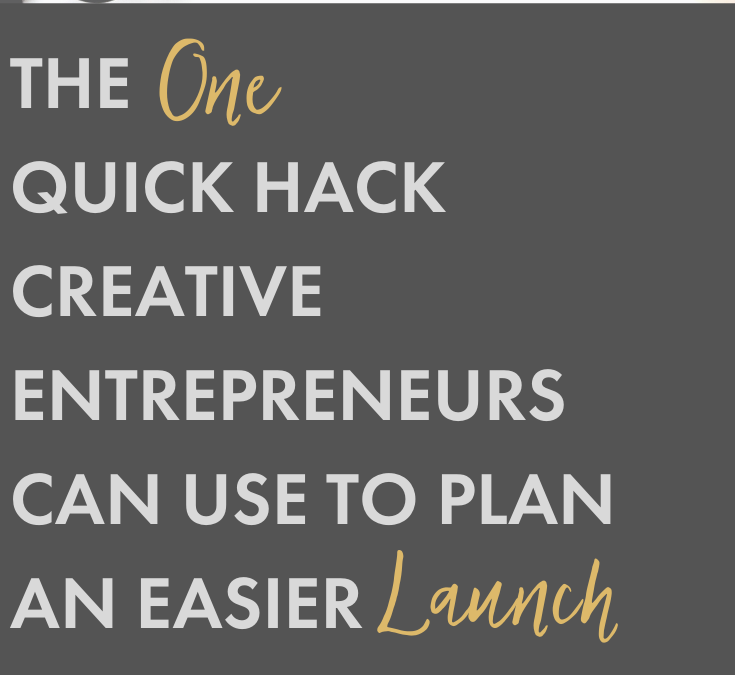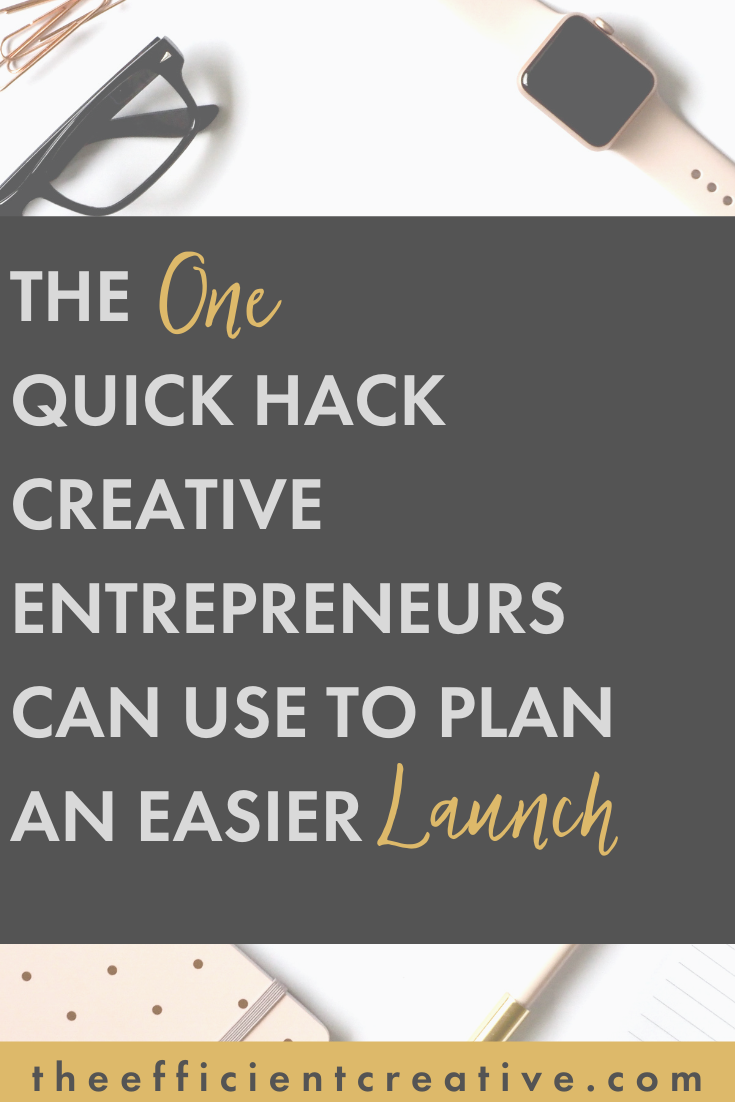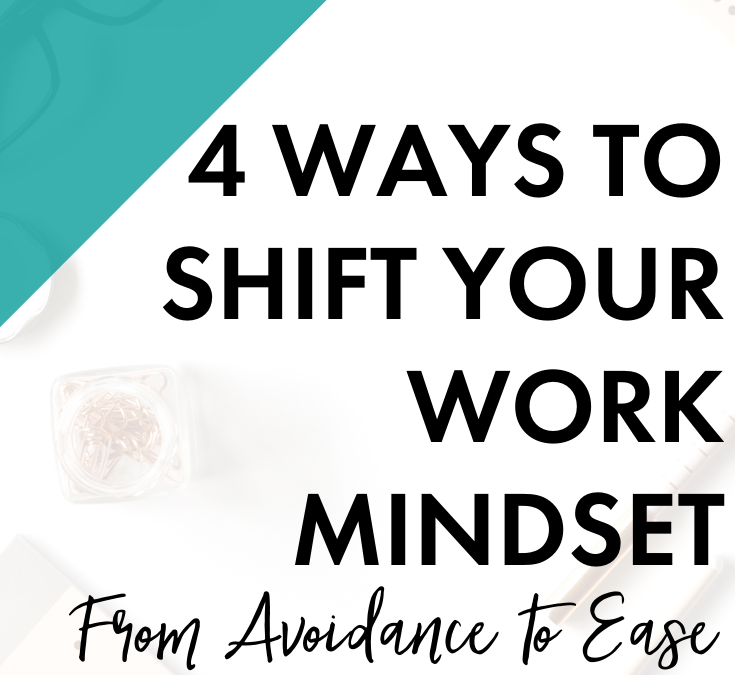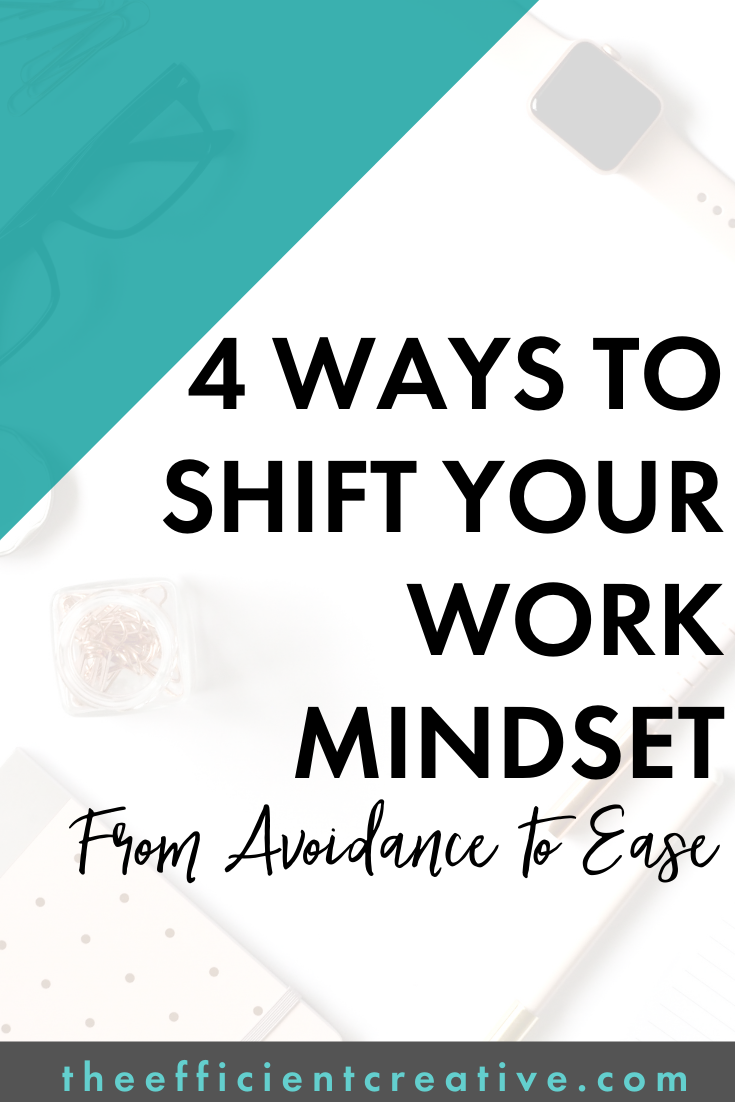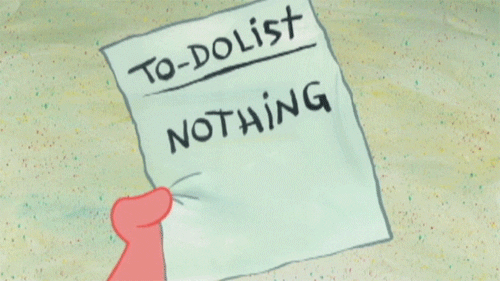
Feel Guilty When You Say No? Say This, Instead

One of the greatest aspects of owning an online business has to be the ability to set your own schedule. For me, time freedom—setting my own hours—was the big dream, and I know plenty of other online business owners who want the same thing. But if your dream got a little tarnished with the harsh reality that being an entrepreneur is time-consuming work, you’re not alone. And if you have a hard time saying no, then managing your time becomes even more challenging. Which is why I want to teach you an easy way to say no (even if you’re a people pleaser).
“But,”—your IRL friends say—”You work for yourself! Can’t you come out to lunch with us? Can’t you volunteer for EVERY SINGLE ONE of your kids’ field trips? You have all the time in the world! Right?”
Well, yes… and no.
The fact is, you have all the time in the world regardless of what your job looks like. Whether you’re a corporate 9-5-er, Queen of the Side Gig, or you’re a full-time online entrepreneur, you have the same 24 hours available every day. And while your available weekly 168 hours will look different from someone else’s depending on your work and life responsibilities, it’s still 168 hours.
No matter your work situation, if you want control over your time, you have to prioritize and set boundaries.
If you’re trying to regain a healthy work life balance, one where you aren’t overwhelmed with obligations, then setting boundaries starts with knowing the danger of the word “yes.” I’m talking to you, people pleasers.
If you find yourself thinking, “When I say no, I feel guilty” or “I’m just not good at setting boundaries,” or “I can’t stand to disappoint people!,” hear me out.
I’m a real people pleaser. It’s a huge (I mean HUGE) part of why I’ve chosen my line of work. If I hear the words, “Can you help me with…” my ears perk up like a dog hearing his kibble hit the bowl. There’s not much that gets me more ramped up than my clients saying, “I’m hoping you can help me figure this out.” I love helping people solve problems.
But I’ve also learned that saying “Yes” automatically to most requests leads directly to a seriously crappy work-life balance. I’ve learned it the hard way. And it sucks.
Here’s the part that might surprise you, though:
“Yes” and “No” are not your only two options.
Contrary to what some business leaders might tell you, you don’t have to eliminate the word “yes” from your vocabulary. Even if you’re a people pleaser. But if you’re looking for an easier way to say no—one that feels more attainable or more polite—build the habit of saying, “Let me think about that.”
Give yourself the gift of time to consider requests. If you were to take on the request, where would it fit in your schedule? What would you have to move or remove? Would it make you feel overwhelmed? And does the new request serve you and your goals better than something else that you’ve already planned for?
Going through this process of evaluating new requests teaches you to consider your time and prioritize. And once you decide where it falls on the priority list, then you can choose whether to say “yes,” “no,” or even something else like “yes, but with these limitations…”
How does this sit with you? Does “let me think about that” feel more reasonable than assuming that “yes” and “no” are your only options? What are some of your other favorite ways to set boundaries with your time? Hit up my DMs and let me hear about them!
Want even more help with time management? Pick up my free time-audit tool so you have a super-clear picture of how much time you ACTUALLY have available.

